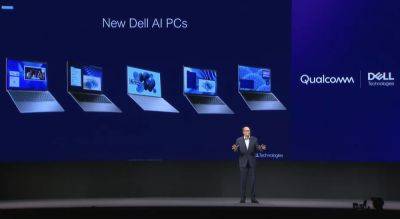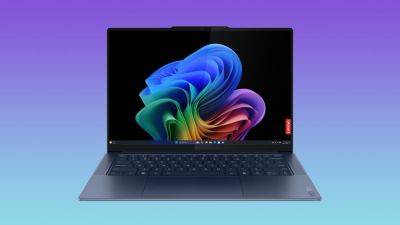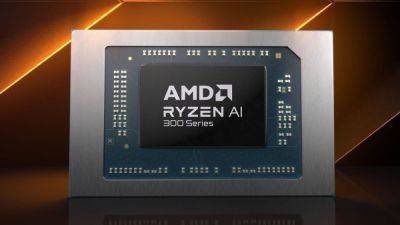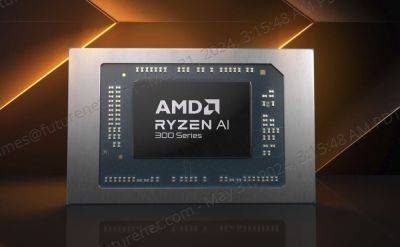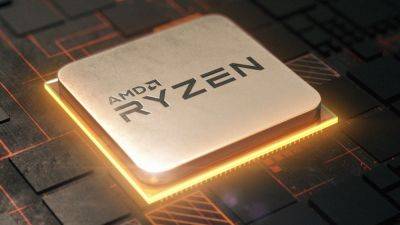LG wants to roast your retinas with its new 10,000-nit OLED panels for VR headsets
We've moaned on occasion about the underwhelming full-screen brightness of LG's first-gen OLED PC monitors. Well, it seems LG has taken it all personal, like. Because the company has just announced new OLEDoS panels with a peak brightness of 10,000 nits.
Yes, 10,000 nits. No, I haven't just fallen unconscious leaning on the '0' key. If that doesn't already seem utterly retina-roasting, get this. We're talking about tiny little OLED panels for VR headsets. So, that's 10,000 nits half an inch from your eyeball. What could possibly go wrong?
LG is calling the new display panel OLEDoS, which stands for OLED on Silicon. It's created by depositing OLED directly onto silicon wafers. This is not an entirely novel approach. For some time, LCoS display panels have been available, which are Liquid Crystal on Silicon and are typically used in projectors as a high-contrast alternative to DLP.
LG's OLEDoS panels measure just 1.3 inches across and yet offer a 3,840 by 3,840 resolution. The net result is a stupendous 4,175 DPI pixel density. The benefit of that in a VR context is obvious enough, namely super high-definition images and no screen-door effect that comes as a consequence of being able to see the individual pixels.
As for the 10,000 nits bit, well, that will definitely add to realism. If you want to simulate the uncomfortable brightness of sunlight glaring from a shiny metal surface, for instance, you'll need a lot of nits.
Of course, running such a panel at a constant full-panel brightness of 10,000 nits would seem to raise safety issues. How bright does such a panel need to be before it can actually cause eye damage?
LG says the new panels will enable VR headsets that offer «an unparalleled, vivid 3D experience.» Well, quite.
Keep up to date with the most important stories and the best deals, as picked by the PC Gamer team.
To put all this into context, these new panels from LG are not entirely unprecedented. Apple's Vision Pro mixed reality headset uses so-called



